New Academic Collaboration: Sayed Ismail Shihabudheen Council for Visionary Leadership Hosts Delegates from Imam Bukhari Institute, Uzbekistan, and UKM Malaysia
Kuala Lumpur, Malaysia — Representatives from the Imam Bukhari International Scientific Research Institute in Uzbekistan and Universiti Kebangsaan Malaysia (UKM) recently visited the Sayed Ismail Shihabudheen Council for Visionary Leadership (SISCO) at the International Islamic University Malaysia. The visit sought to strengthen academic collaboration and explore research partnerships between these prominent institutions. SISCO, a research council under AHAS KIRKHS at IIUM and named after the esteemed South Indian scholar, is dedicated to fostering academic research, leadership programs, and community engagement.
The delegation included distinguished academics and officials from Imam Bukhari Institute's higher education sector, such as Prof. Dr. Ziyodov Shovosil Yunusovich (Director of Imam Bukhari Institute), Dr. Amonov Barot Muradovich (Rector of the High School for Hadith Science), and Dr. Jamaludin Abdulkhamidovich (Director of Imam Maturidi International Scientific Research Centre), who were warmly received at SISCO.
During the discussion, both parties expressed a strong commitment to fostering academic collaborations and establishing a research team focused on Tafsir Ala Hamish at-Thafaseer, the magnum opus of Sayed Ismail Shihabudheen, alongside other joint academic activities between the Imam Bukhari International Scientific Research Centre and the Zahra Foundation.
Prof. Dr. Shukran Bin Abd Rahman, Dean of AHAS KIRKHS, highlighted that the visit reflects IIUM’s dedication to building international partnerships that support the study and promotion of early scholars' works through initiatives like the SISCO Research Council and the Nursi Chair.
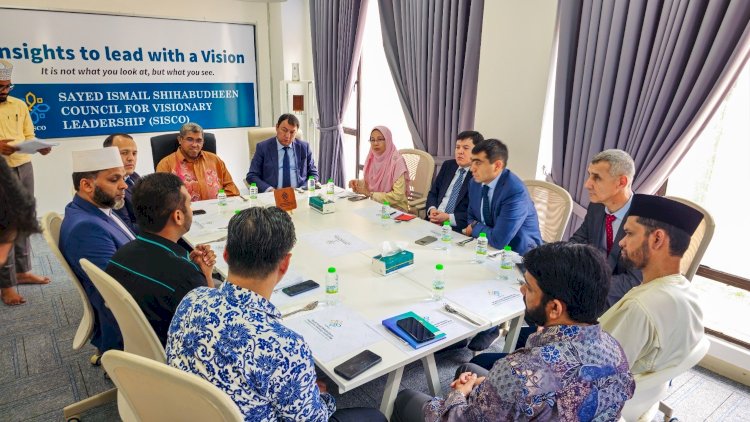
In his introductory remarks, Dr. Sayyed Mohamed Muhsin, Assistant Professor of Islamic Jurisprudence at IIUM, noted that Dr. AbdulHamid AbuSulayman, former IIUM Rector, was instrumental in shaping the university's strategic direction in both academia and administration. He emphasized that Sayed Ismail Shihabuddeen, founder and visionary of the Zahra Foundation, has similarly contributed to intellectual and educational revitalization by advocating for the integration of Islamic knowledge with contemporary disciplines. Both figures share a commitment to advancing the Muslim community, reviving education, promoting Islam’s intellectual heritage, and integrating traditional and modern knowledge paradigms.
Ala-hamish at-Thafaseer, authored by Sayyid Ismail Shihabudheen, holds a distinctive place among Quranic interpretations for its unique approach and insightful analysis. Its significance is evident in its methodological richness, thematic depth, scientific perspectives, contextual relevance, and accessibility, making it a valuable resource for those aiming to integrate spiritual insights with modern realities.
In their remarks, Dr. Ziyadov Shovosil Yunusovich, Director of the Imam Bukhari International Scientific Research Centre (IBISRC), and Prof. Fariza Md Sham, Director of the Institute of Islam Hadhari at UKM, expressed strong interest in academic cooperation and strategic partnerships. Dr. Ziyadov Shovosil accepted a letter of intent on behalf of IBISRC from Sayed Makhdum, Chairman of the Zahra Foundation. The Institute of Islam Hadhari, UKM, also received this intent letter, aiming to foster academic and research collaborations, professional exchanges, and intellectual dialogue on renowned tafsir works, with a focus on Ala-hamish at-Thafaseer.
This visit by the delegations from Uzbekistan and UKM marks a significant step in strengthening academic collaboration between SISCO and the partner institutions.
Reported by
Muhammed Muhsin (Master Student in Islamic Revealed Knowledge and Heritage in Quran and Sunnah, IIUM)
Moosa Sinan (Master Student in Islamic Thought and Civilization, IIUM)
Disclaimer
The views expressed in this article are the author’s own and do not necessarily mirror Islamonweb’s editorial stance.




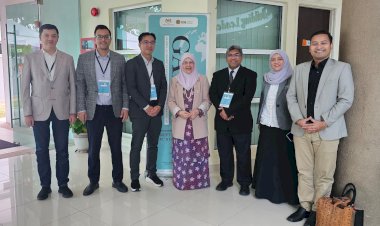
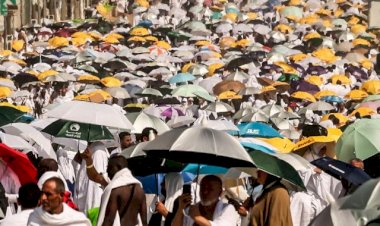
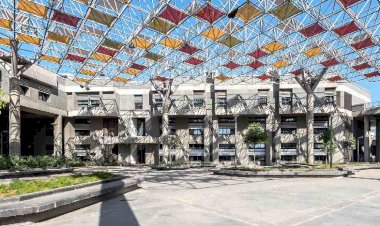
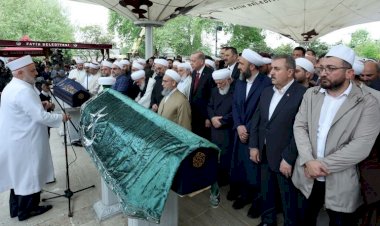

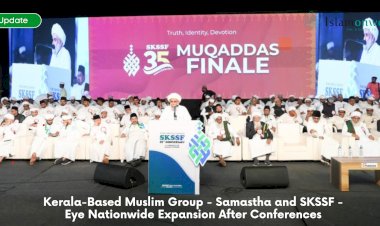














Leave A Comment